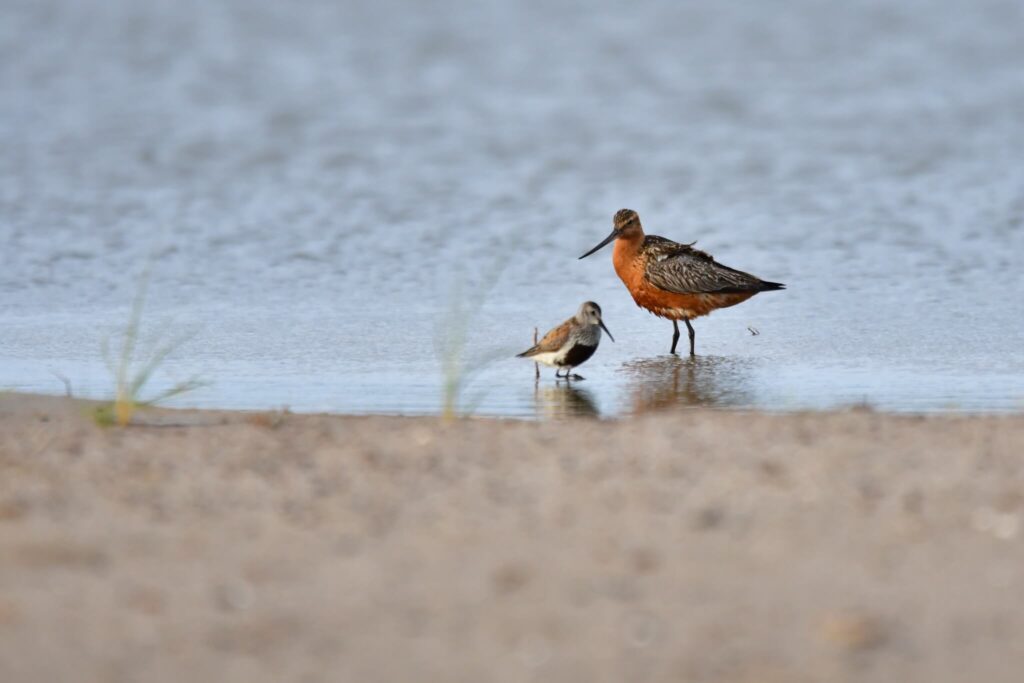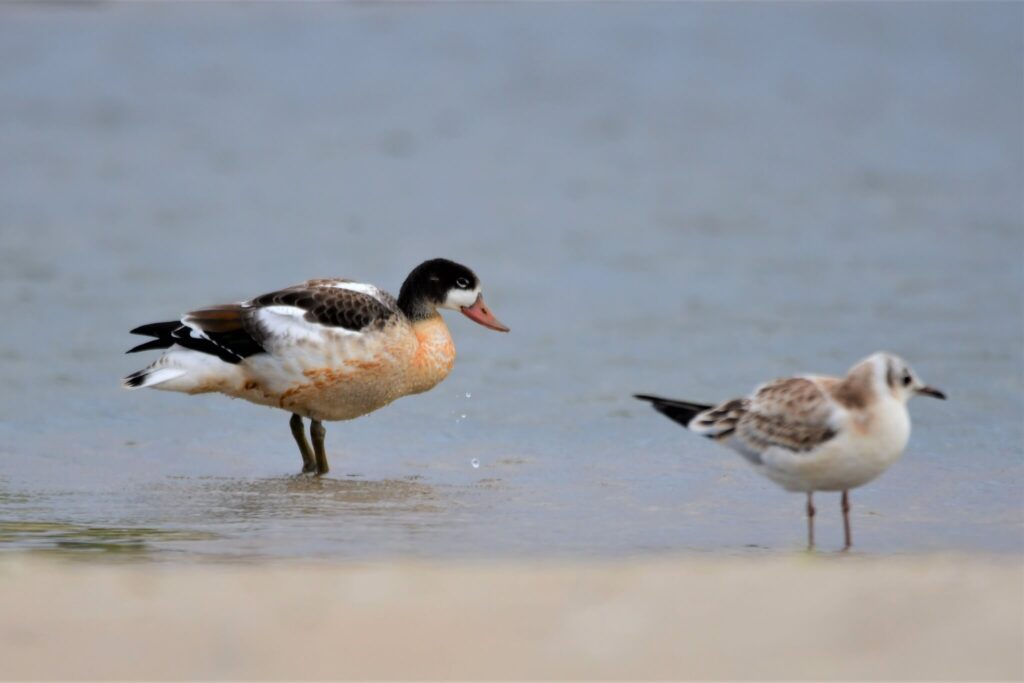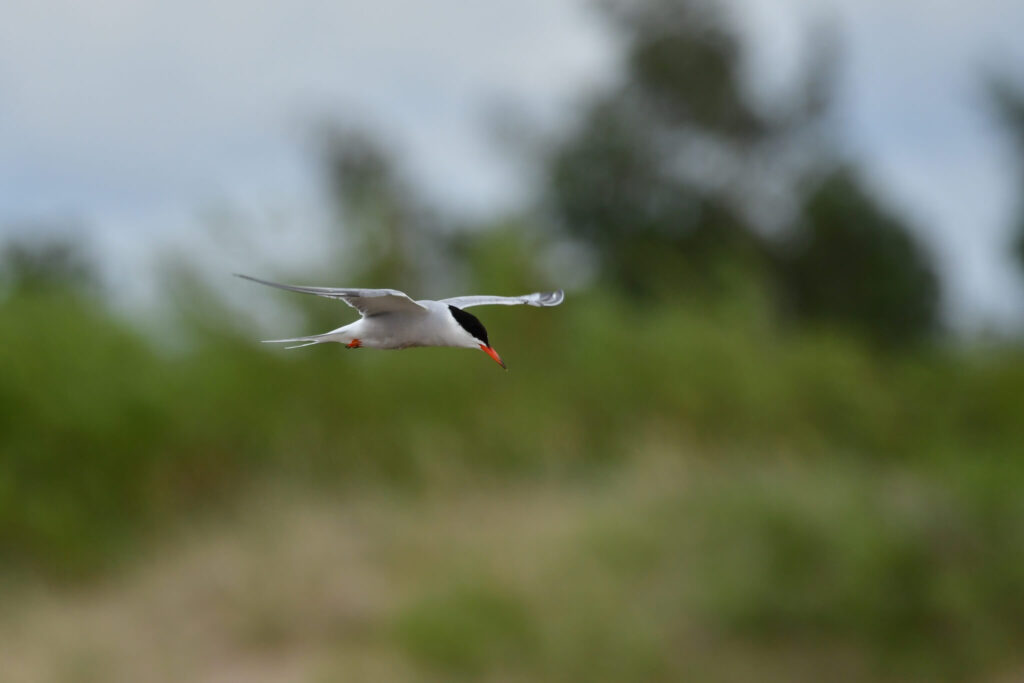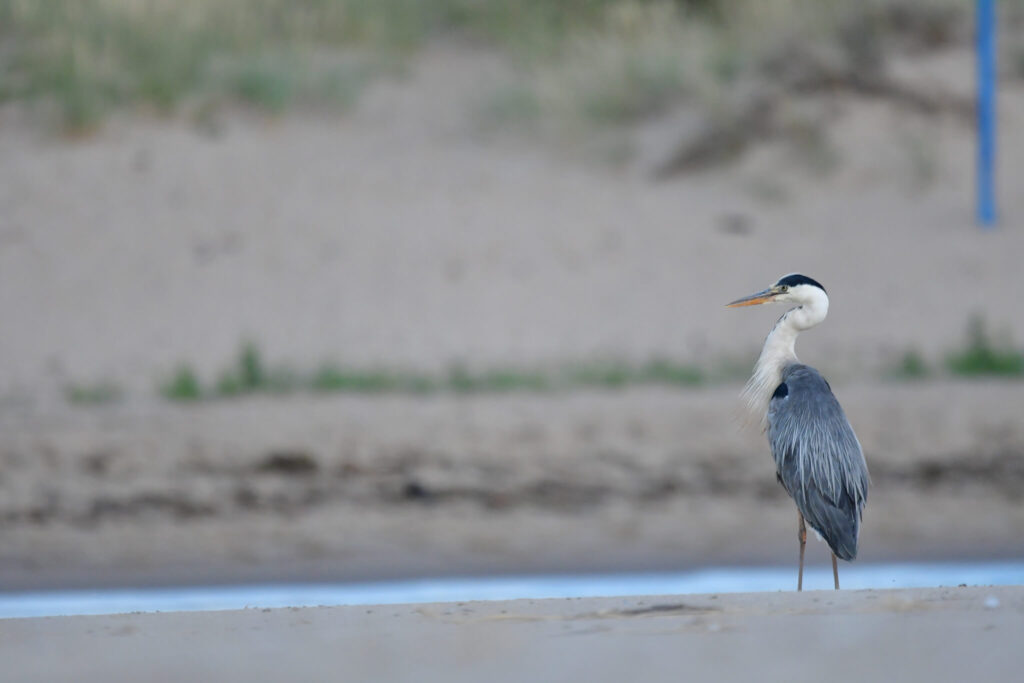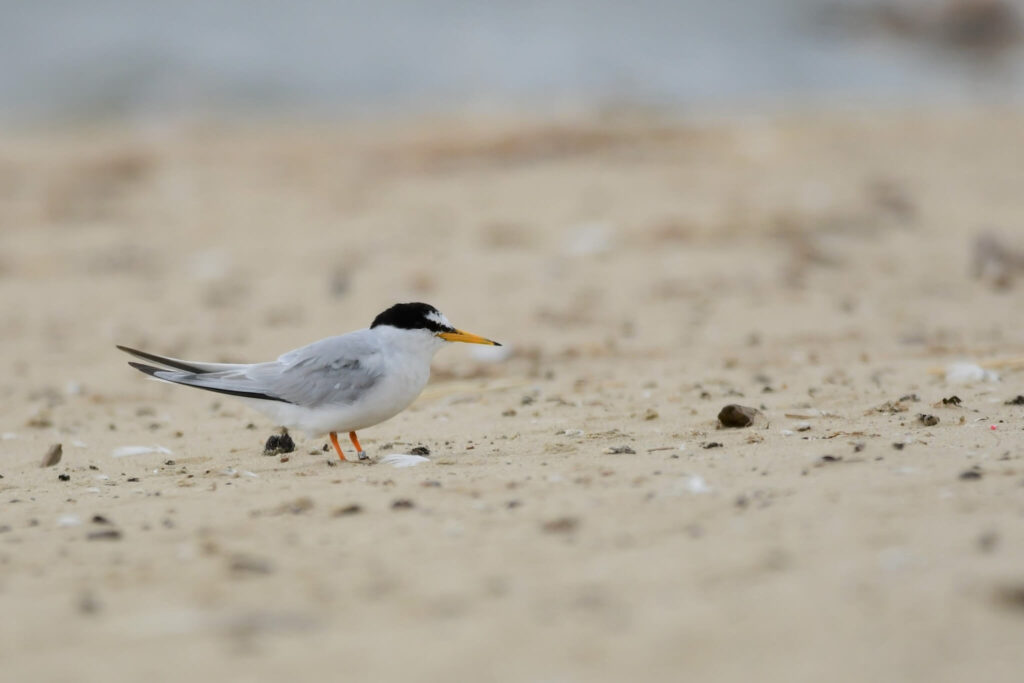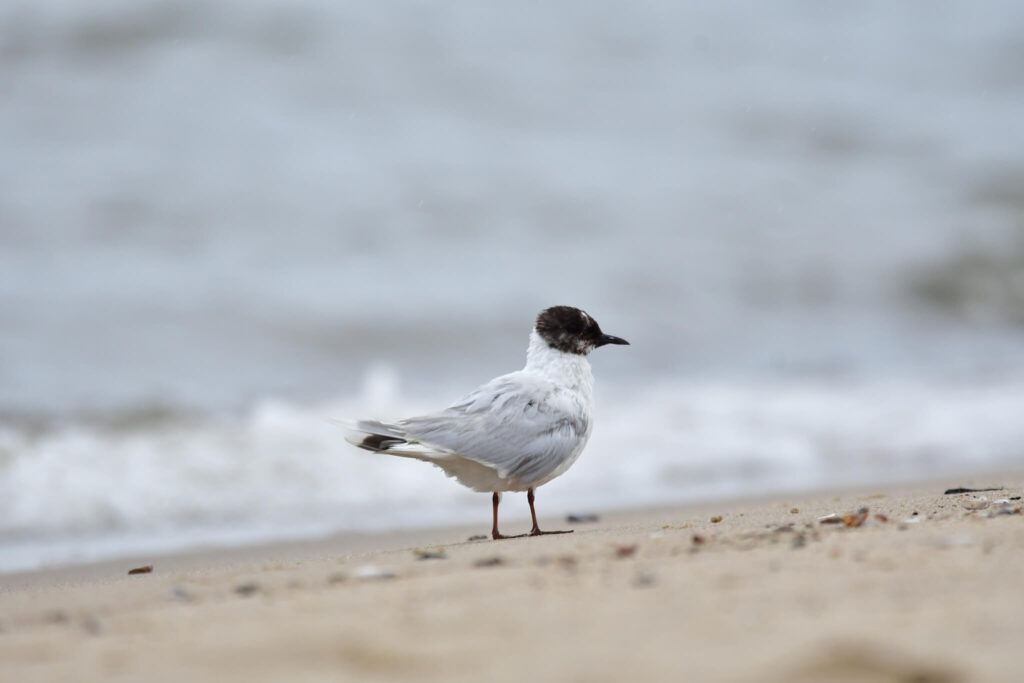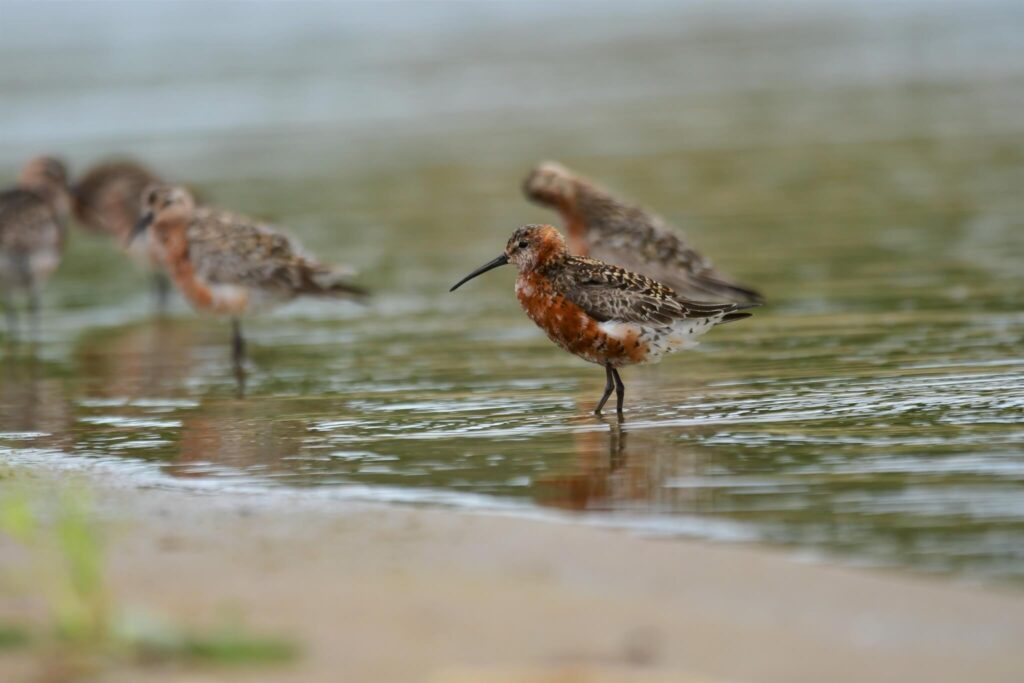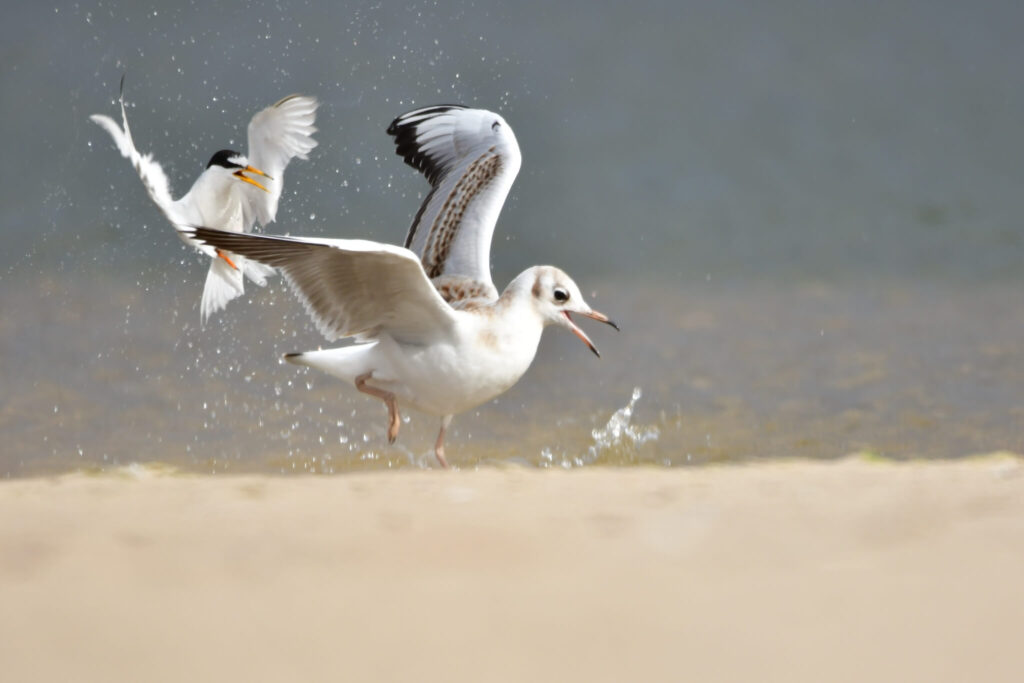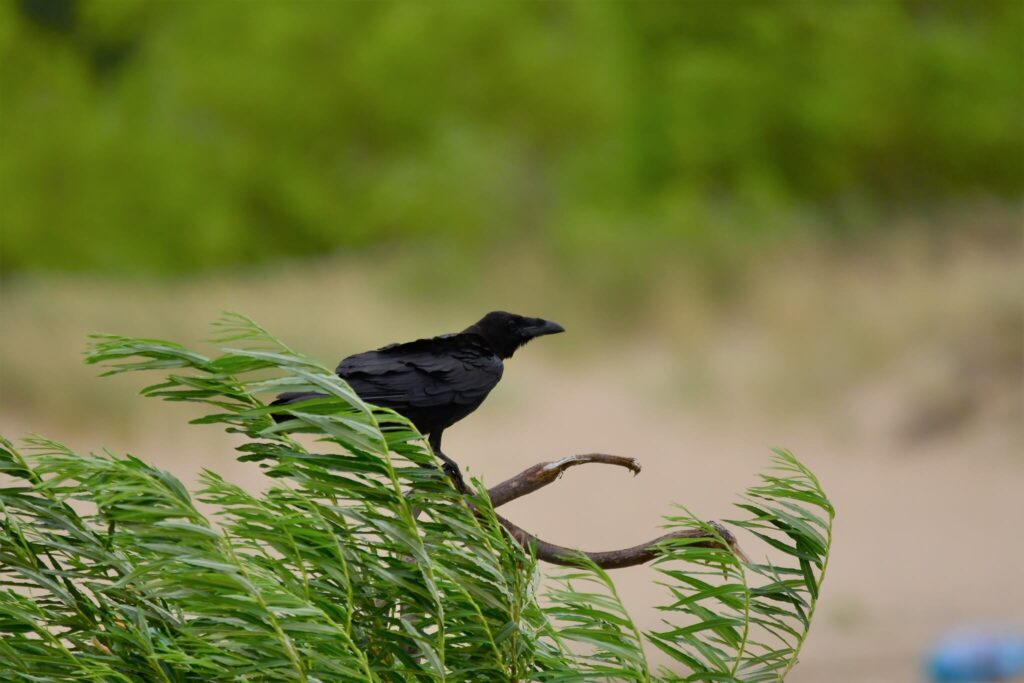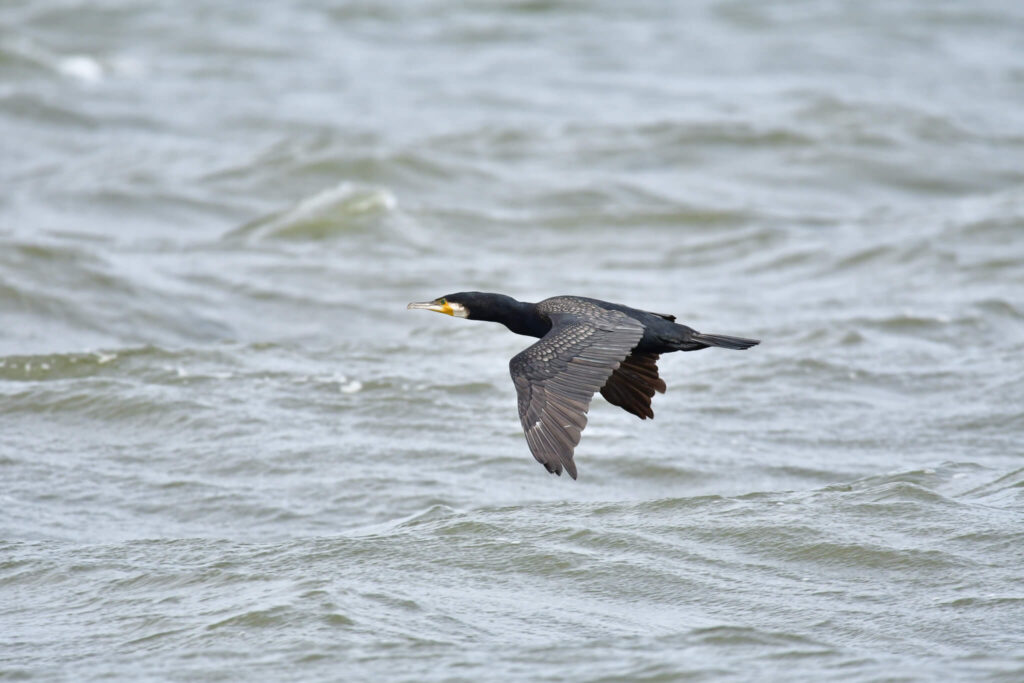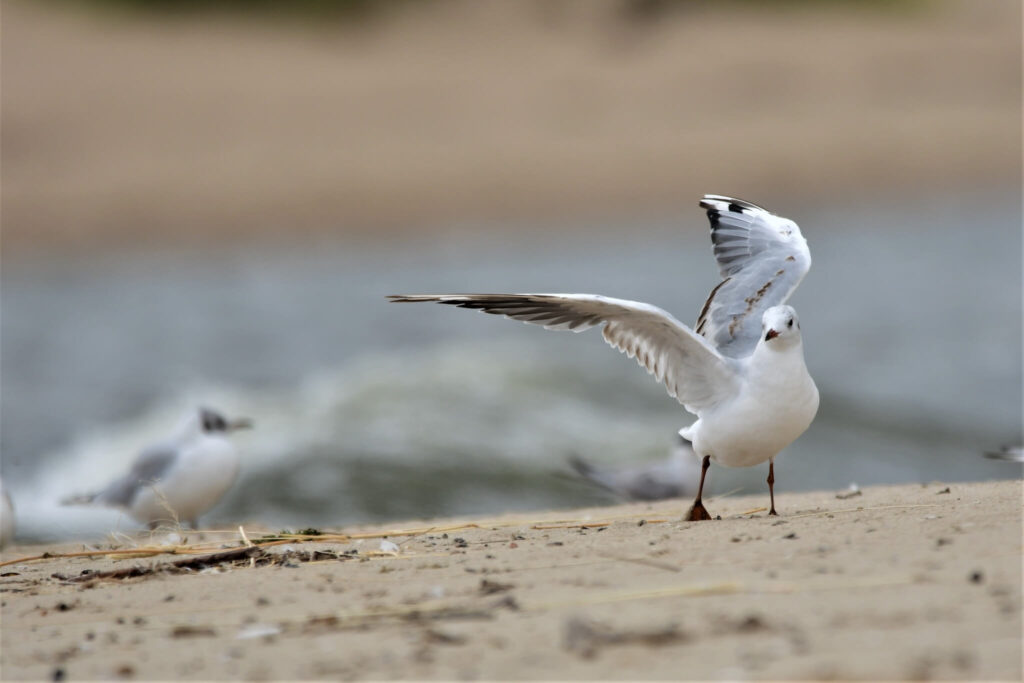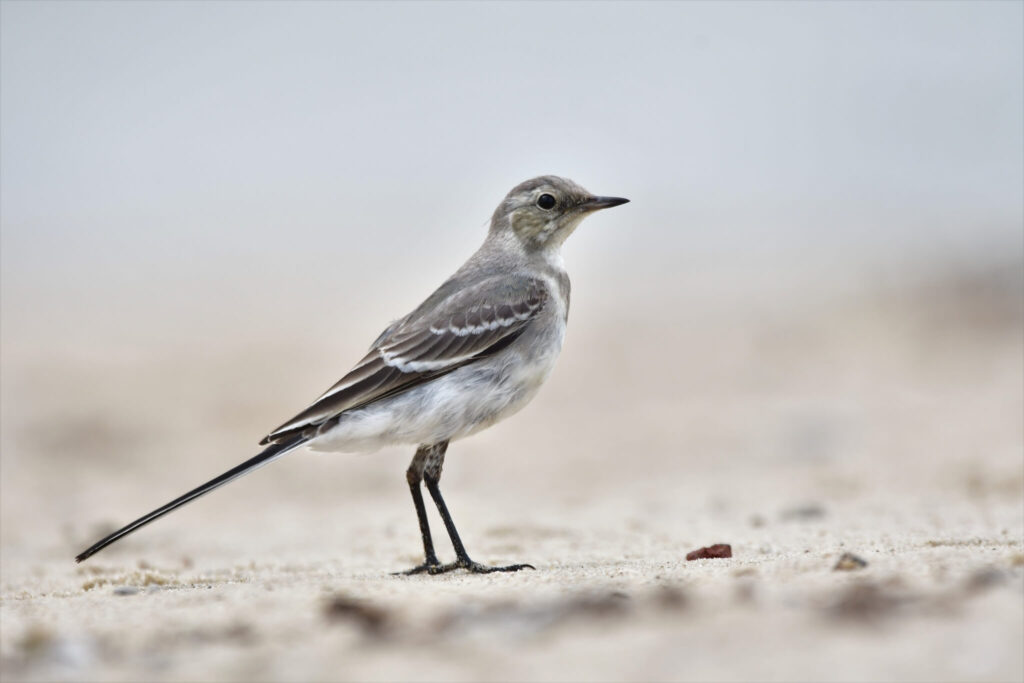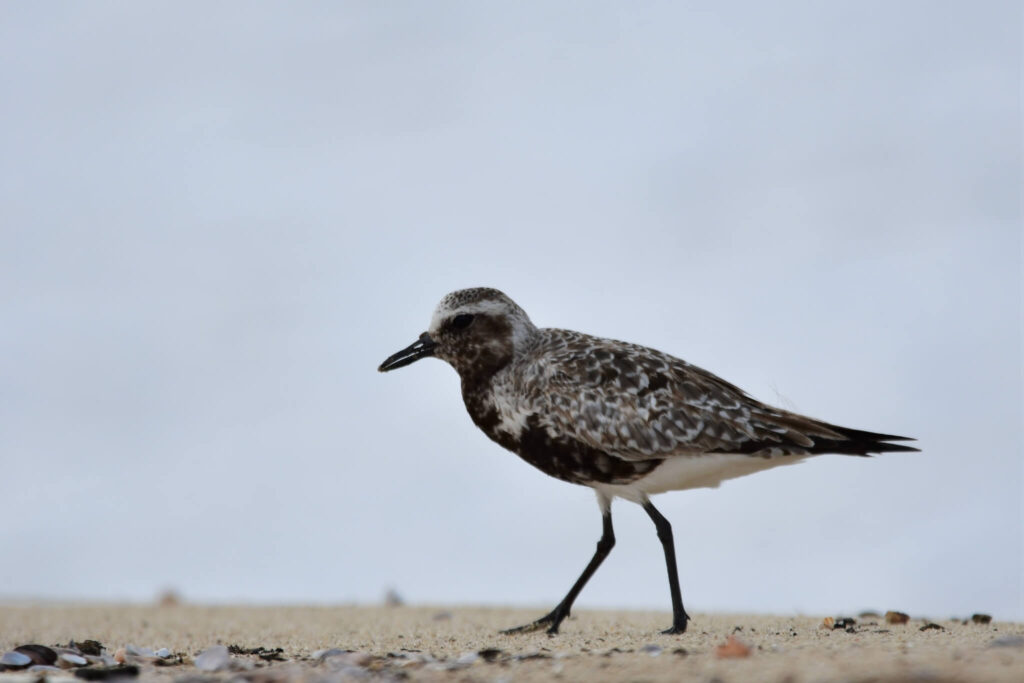After completing all three Baltic Action camp locations, it was time to visit another bird ringing camp. This time, I went on a week-long stay at KULING camp, where wader birds are ringed. In its vicinity, I usually spot these birds during their migration on riverbanks or in drained fish ponds. However, these observations are always from a distance. That’s why the expedition to KULING was a completely new adventure for me, which I will now share with you. Enjoy reading.
- What is KULING?
- Mewia Łacha Reserve
- How to get there?
- Camp routine and crew member duties
- Charadriiformes birds
- List of observed species
- Why should you go to KULING?
- Gallery – KULING 2022

What is KULING?
Kuling, or the Water Bird Research Group KULING, had its beginnings as early as 1983, where it started as an informal entity of the Science Club Section of Biologists at the University of Gdańsk. In 1996, it became an association. With the blessing of Professor Stefan Strawiński, a group of then-students began a project to count water birds in the Bay of Gdańsk. This project continues to this day and is the longest ongoing study of this kind in Europe.
From the very beginning, the Water Bird Research Group KULING has been operating in cooperation with the Department of Ecology and Vertebrate Zoology at the University of Gdańsk. Research involving the counting of sea birds and monitoring the pollution of the Bay of Gdańsk was expanded to include an annual ornithological camp, where mainly wader birds are banded, but not exclusively.
The KULING Association is also involved in active conservation projects, an example of which is the protection of nesting birds in the “Mewia Łacha” reserve. The association also contributes to building environmental awareness and education. However, this is still only a fraction of what KULING does. For more information about the association’s activities, please visit their website – kuling.org.pl.
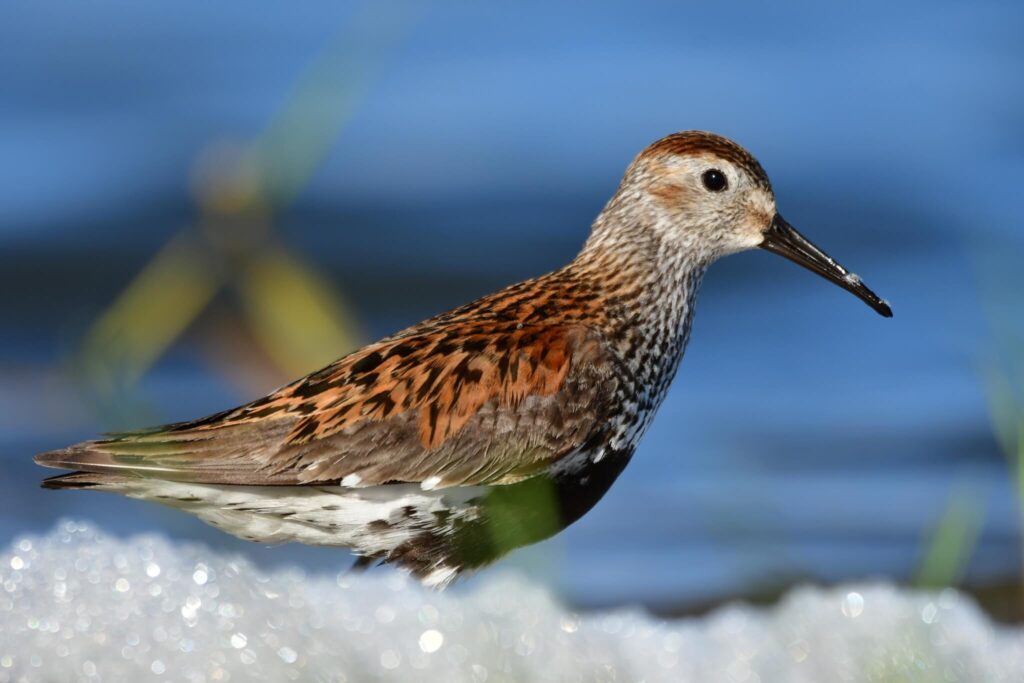
Mewia Łacha Reserve
The KULING bird ringing camp has been operating for quite some time at the mouth of the Vistula River, within the Mewia Łacha nature reserve on the river’s western bank. This location is exceptional because it houses the breeding territories of many species of terns, gulls, and sandpipers. It also serves as a foraging and resting site during migration for filter-beaked and wader birds. KULING’s activities in this area aim not only to conduct scientific research involving bird counting and ringing, but also actively protect a part of the reserve that is closed off to tourists.
Despite part of the reserve being closed, it still remains an excellent place for birdwatching. From the hiking trails and observation towers, a wide variety of intriguing bird species can be spotted. However, based on conversations with tourists met there, it seems that it’s the seals gathering in the area that attract the most attention.

How to get there?
So far, traveling to the sea has been quite expensive and tiring for me, but after my experiences traveling to the camps of Akcja Bałtycka, I found a better way to get from Lublin to Gdańsk. Unsurprisingly, flying turned out to be the most convenient mode of transportation. However, you might be surprised to learn that this has so far been my least expensive trip to the Polish sea.
A direct flight from Lublin to Gdańsk and back took four times less time and cost half as much as a train journey to Hel for Akcja Bałtycka in the spring of 2021. You can read my account of that journey here – Akcja Bałtycka – 5 days in Hel – expedition report.
I am aware that flying is not very eco-friendly, but hey, this plane would have flown anyway, even without me on board ?. Getting from Gdańsk airport to the camp at the Vistula outlet was also straightforward, as the Tricity area is well connected. A two-hour journey on a city bus, with one change in the city center, was all it took to get there. Well, almost there – the last few kilometers to reach the reserve have to be covered on foot.
Camp routine and crew member duties
In terms of camp routine, KULING was not much different from other ornithological camps I’ve had the opportunity to attend. Maintaining cleanliness of the camp and its surroundings, necessary maintenance work, preparing meals together, cleaning up afterward, replenishing supplies, and shopping trips are the basic duties of a crew member during their stay. However, this is of course not everything – as a volunteer at the camp, one must be prepared to carry out the instructions of the camp leader, whose task is to conduct research and ensure the safety of the animals and crew members. Naturally, personal initiative aimed at improving the operation of the camp is always very welcome.
Crew member duties arising from the research conducted by KULING include carrying out a patrol every two hours to check whether birds have not been caught in the “wacki” (a slang name for tunnel traps for birds, used at the camp). Courteously, yet assertively, asking unaware tourists who have entered the closed area of the reserve to leave, recording data in documentation, and cleaning up trash thrown out by the sea. Although I took on this last task voluntarily ?
Some of the duties required getting up really early, but the views, like the ones below, fully compensated for these minor inconveniences.

Charadriiformes birds
What attracted me the most to KULING, of course, was the opportunity to observe birds up close, which I had previously only seen from afar and very rarely. The species of birds I encountered during my stay at the camp were already familiar to me, so I didn’t add to my lifetime list this time, but it was an opportunity to gain knowledge about many species of sandpipers and terns, which are common there.
Taking advantage of this opportunity, I managed to take a ton of photos, which will serve me for future blog posts and will be used by KULING for documenting their research. Unfortunately, the time I chose to stay at the camp was not optimal, as not all the sandpiper birds had started their migrations, which is why I did not encounter any extraordinary rarities. Nevertheless, it was a very educational and exciting adventure for me, and I also feel that as a crew member experienced in camp routine, I was a useful asset for the camp leader and the rest of the crew. In short, both sides benefited from this collaboration ?
Interestingly, during my stay at the camp, a momentous event took place ? KULING ringed the jubilee 100,000th sandpiper bird in its history. The honoree was a dunlin, who received our jewelry with the number JT84038 on July 28th after 2 p.m.

List of observed species
During my 7-day stay, I observed 67 bird species in the reserve and its immediate surroundings, which is not a particularly impressive achievement. However, the observation list includes species that I very rarely see, and one of them I saw in Poland for the first time. Below is the complete list of species that I observed in the Mewia Łacha reserve:
- Grey wagtail
- Common chaffinch
- Yellowhammer
- Common reed bunting
- Common scoter
- Eurasian collared dove
- Spotted redshank
- Sparrowhawk
- Greylag goose
- Mute swan
- Common shelduck
- Mallard
- Eurasian teal
- Common goldeneye
- Common merganser
- Common pheasant
- Great crested grebe
- Feral pigeon
- Common wood pigeon
- Common swift
- Oystercatcher
- Grey plover
- Ringed plover
- Little ringed plover
- Eurasian whimbrel
- Eurasian curlew
- Bar-tailed godwit
- Black-tailed godwit
- Turnstone
- Red knot
- Broad-billed sandpiper
- Curlew sandpiper
- Temminck’s stint
- Little stint
- Sanderling
- Dunlin
- Common sandpiper
- Green sandpiper
- Common greenshank
- Wood sandpiper
- Common redshank
- Black-headed gul
- Little gull
- Common gull
- European herring gull
- Great black-backed gull
- Little tern
- Sandwich tern
- Black tern
- Common tern
- Cormorant
- Grey heron
- Great spotted woodpecker
- Red-backed shrike
- Jay
- Magpie
- Raven
- Great tit
- Sand martin
- Barn swallow
- Common house martin
- Common chiffchaff
- Starling
- Blackbird
- Yellow wagtail
- Common whitethroat
- Eurasian nuthatch
Why should you go to KULING?
The questions where the answer is given straight away always amuse me. However, the question in the title really makes sense because it doesn’t even consider the issue – is it worth it? Staying at the KULING camp was an incredible adventure for me, during which I learned a lot, met really interesting and friendly people. I spent time in a great friendly atmosphere on the hot Baltic beach, took lots of cool photos, enjoyed healthy exercise, and at the same time, I could be of use to someone who takes scientific research and nature conservation seriously.
Staying at the camp was also a great opportunity to read bird rings, of course, the vast majority of them were the rings we installed ourselves, but I also came across a few older individuals. In the end, I managed to read 19 markers on 4 bird species – ringed plover, common tern, dunlin (of course :P), and crested tern.
What made a huge plus for me was also the proof that such research and active protection really make sense. I had the opportunity to observe how tourists intervene themselves when other tourists, oblivious to the prohibitions, entered the reserve. It was a very comforting sight because it is proof that responsibility and awareness of the need to protect nature are growing in society.
If you want to take part in the KULING camp, you can apply by contacting the following address – kulingoboz@gmail.com – I highly recommend it. A summer adventure with birds on a beautiful beach is really a great idea for a vacation ?
Gallery – KULING 2022

